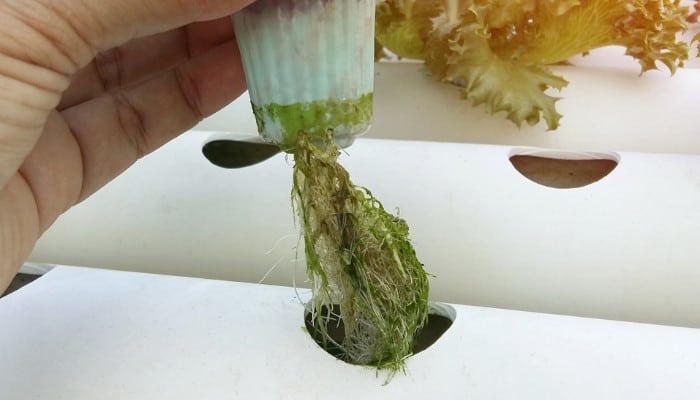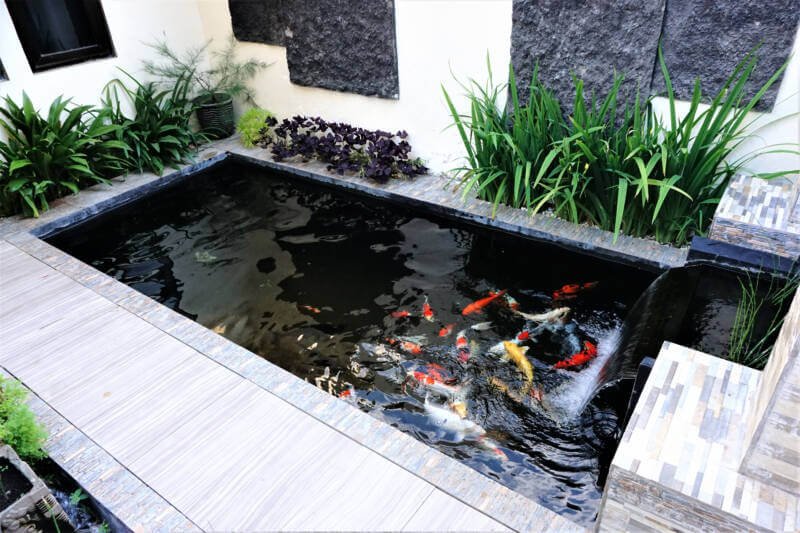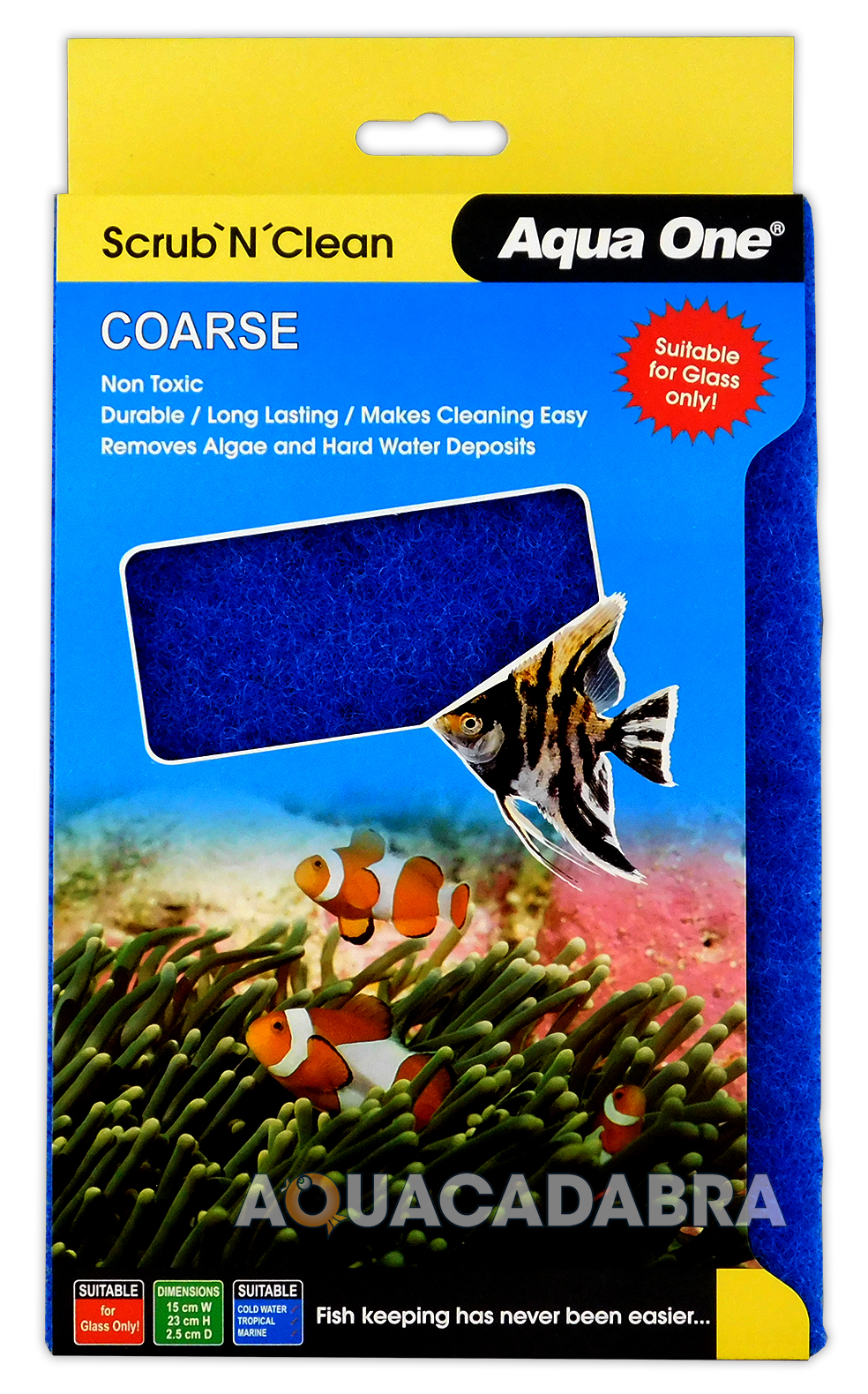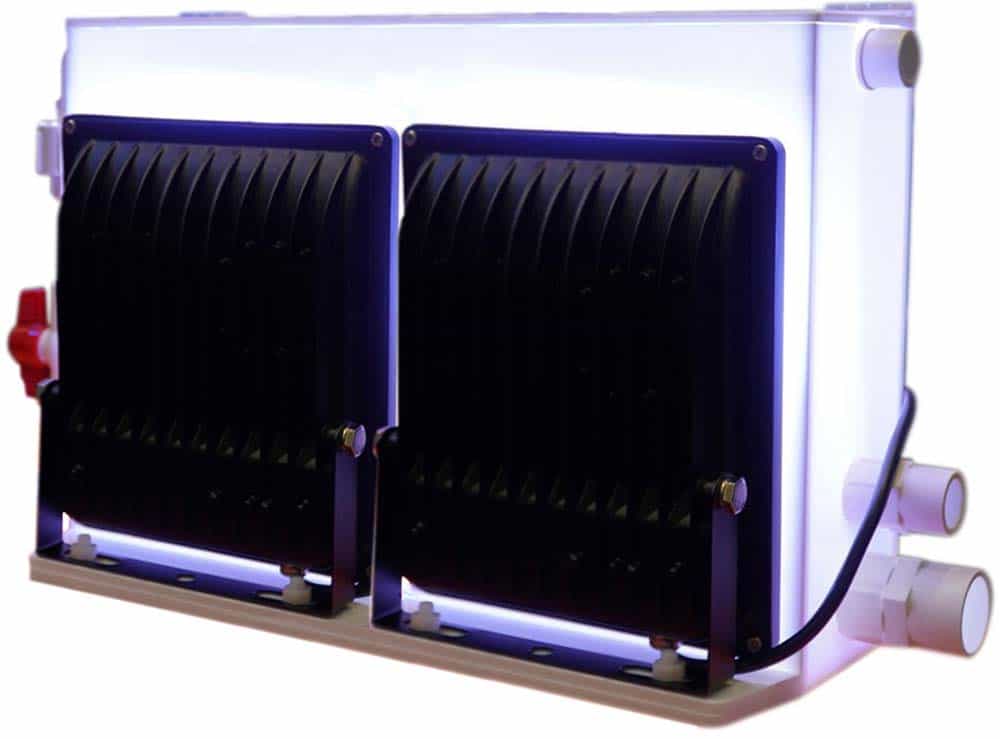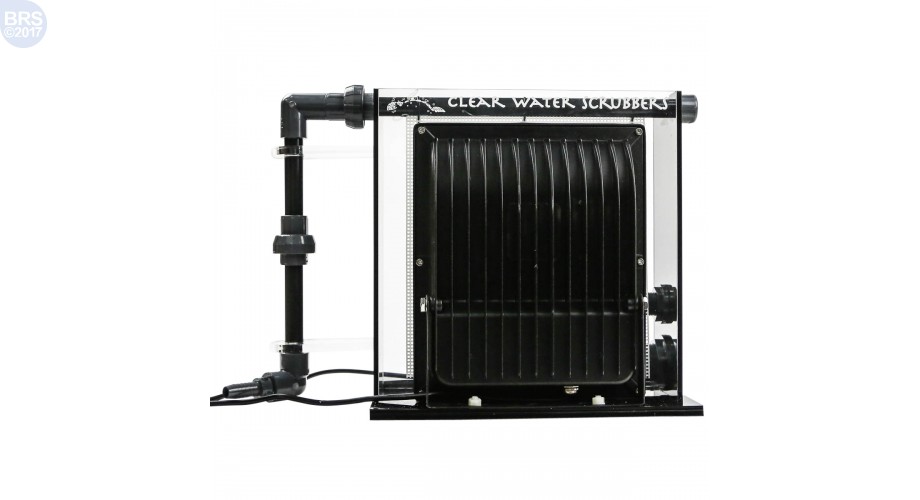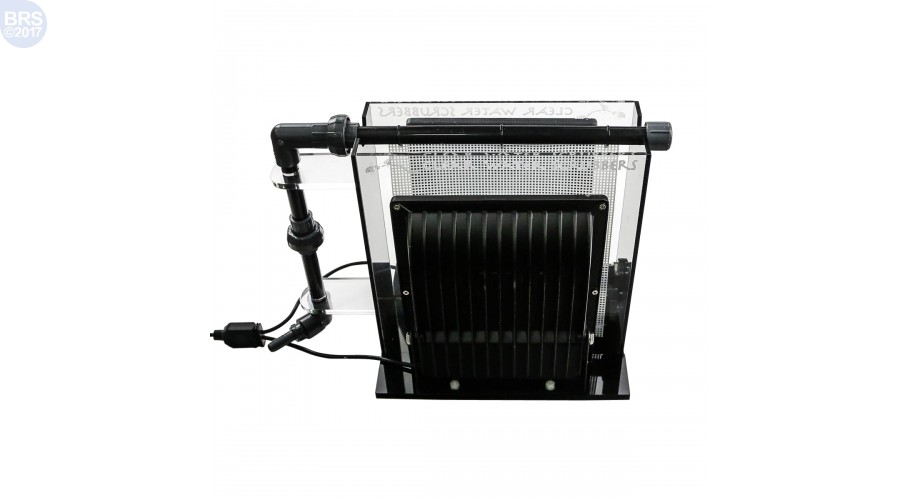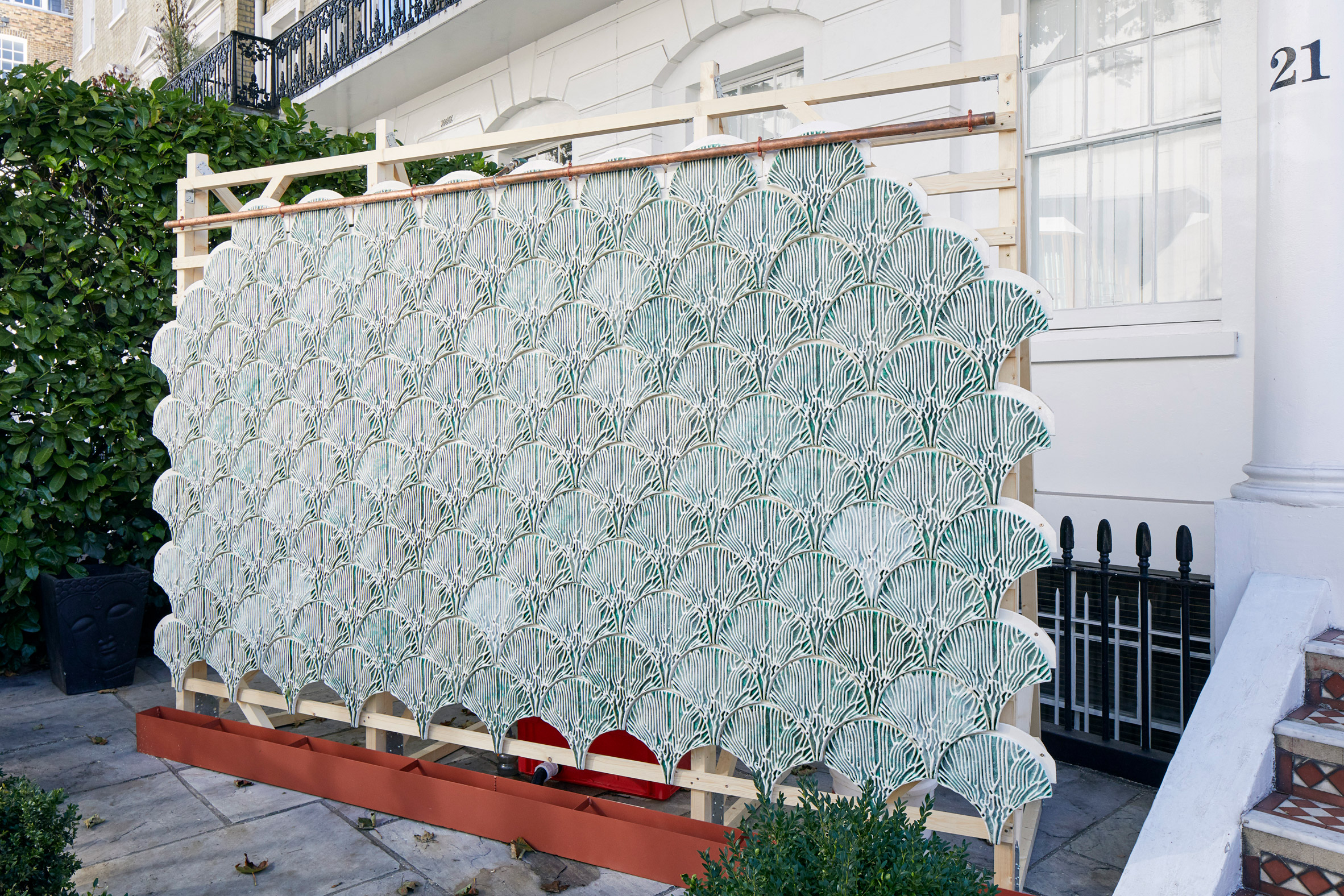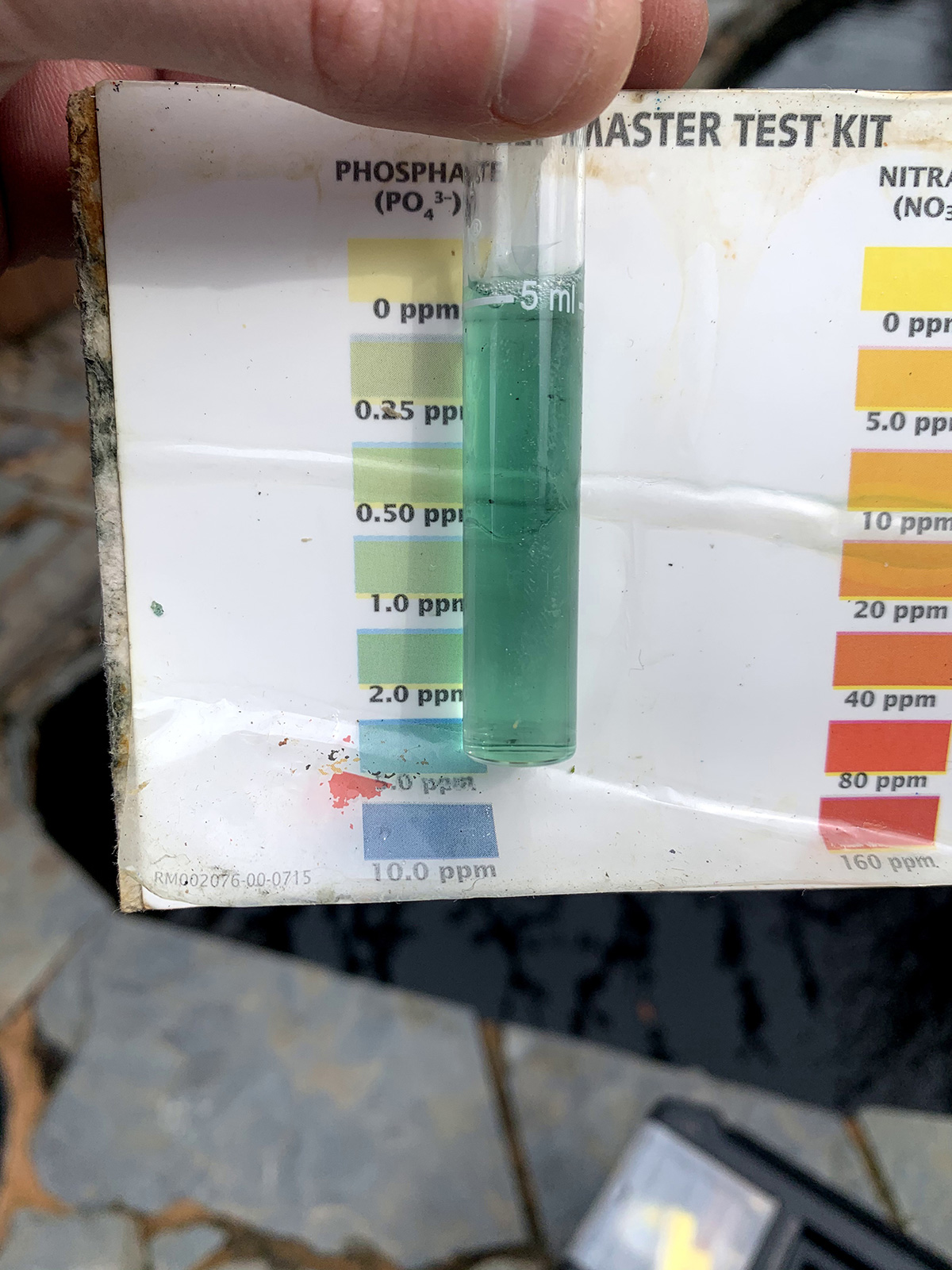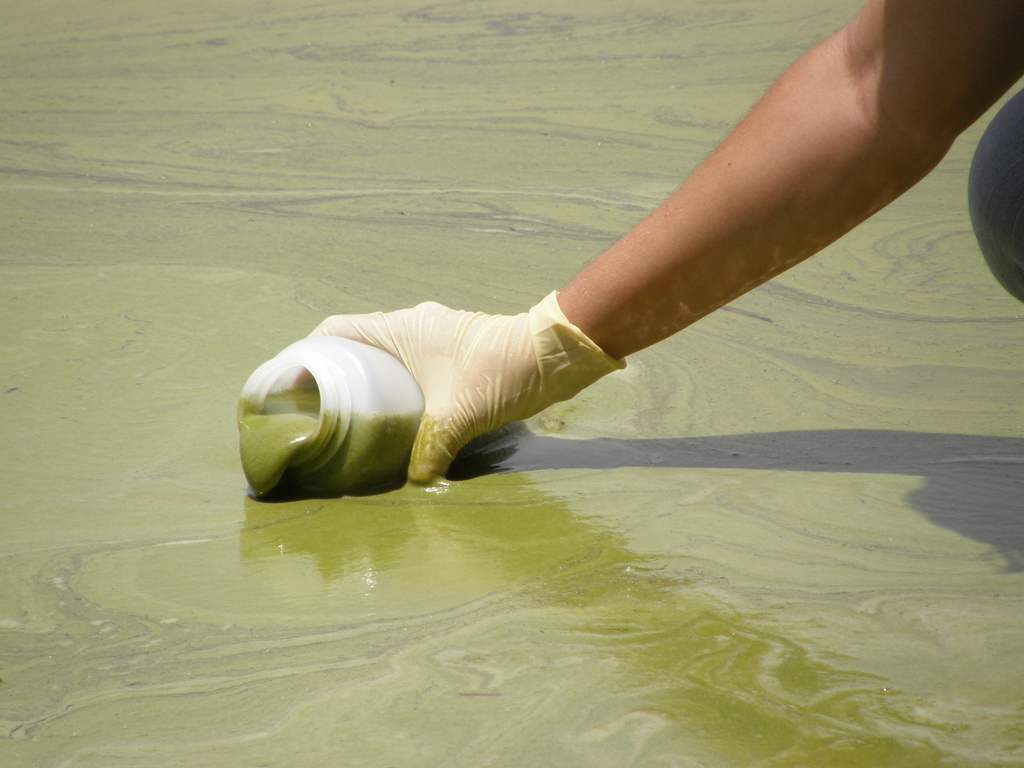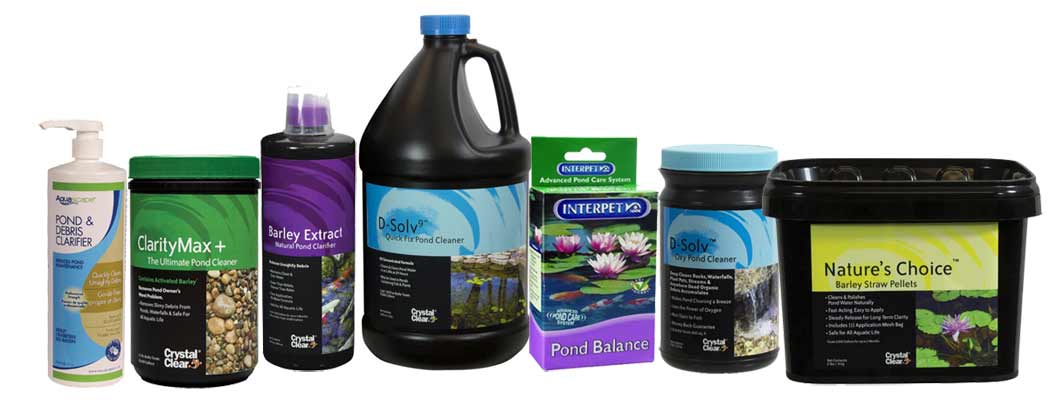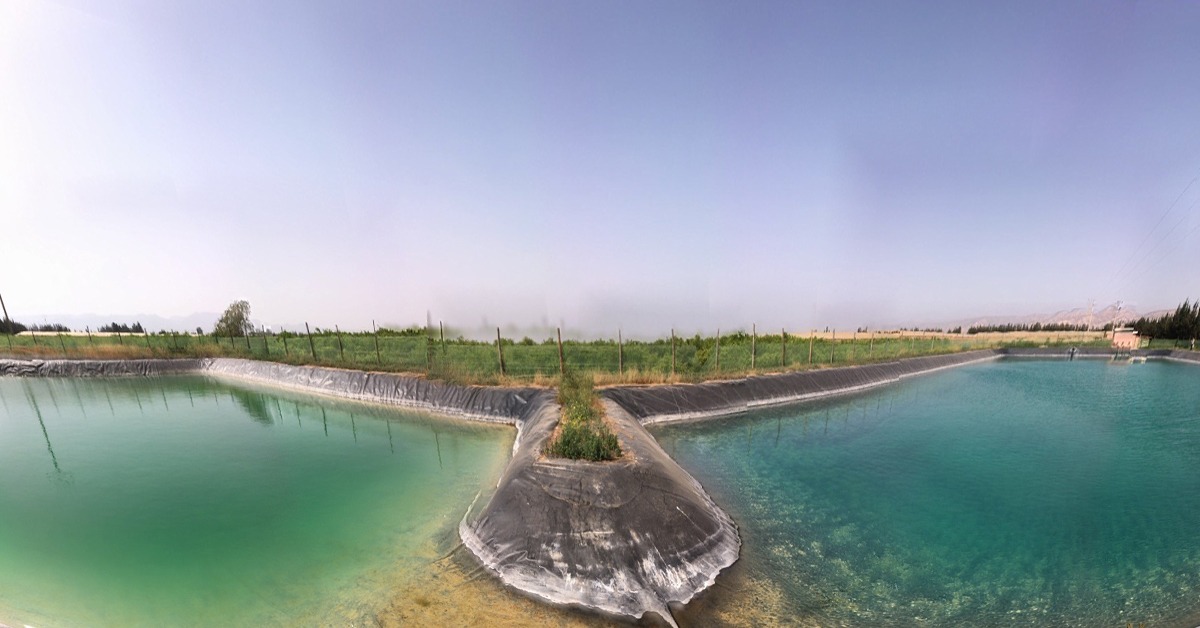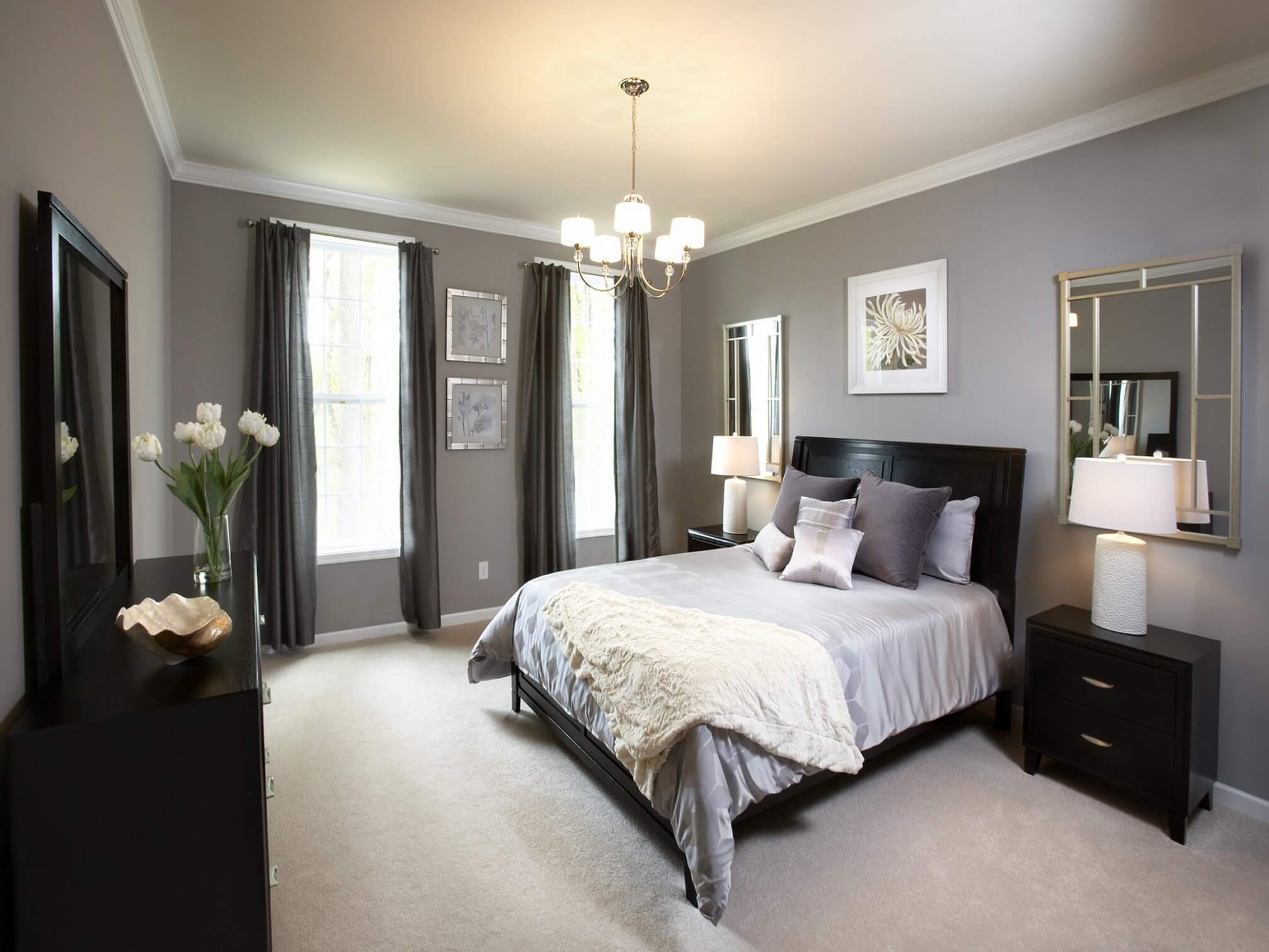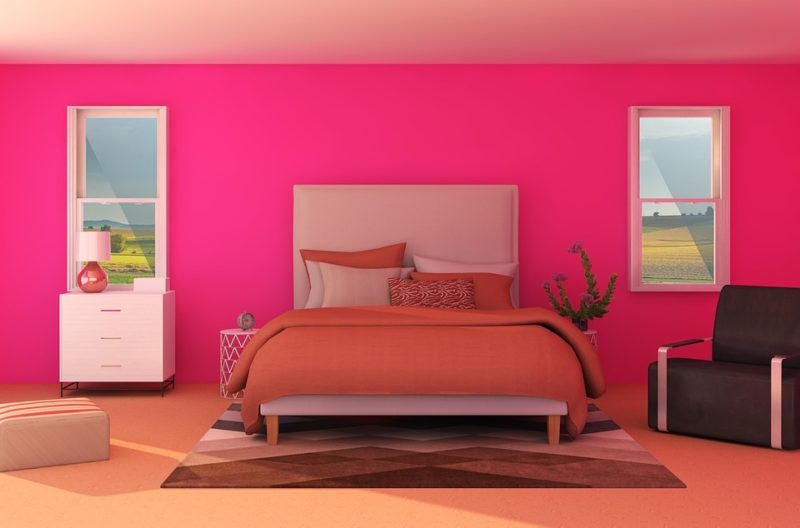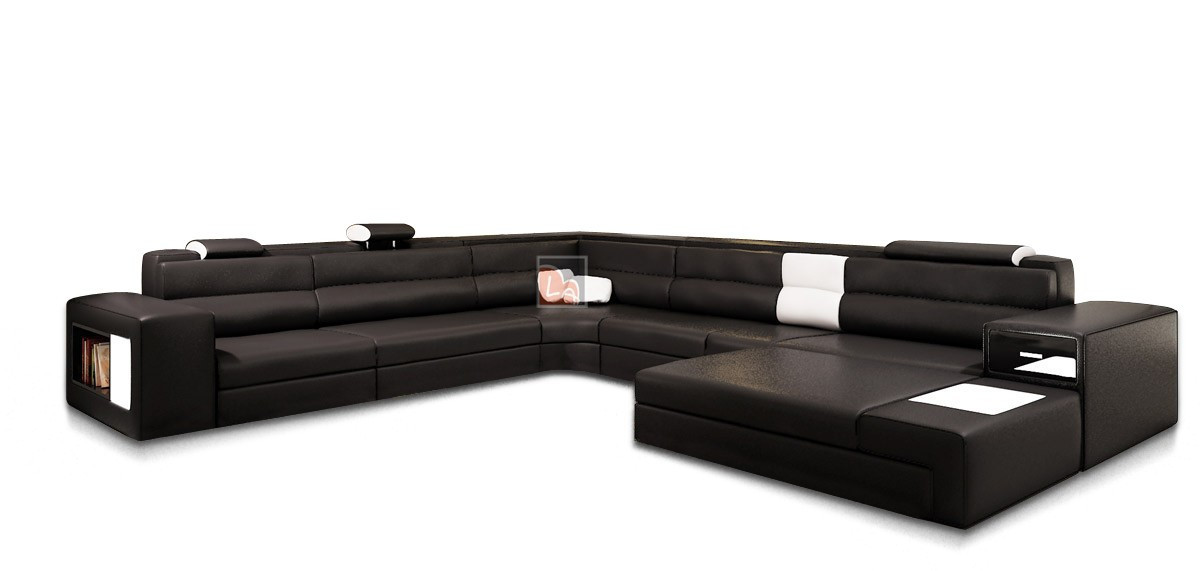If you have a living room aquarium, you know how mesmerizing and relaxing it can be to watch your fish swimming around. However, one thing that can quickly ruin the beauty of your aquarium is the presence of algae. Not only does it make your tank look unsightly, but it can also harm your fish and plants if left unchecked. In this article, we will discuss the top 10 ways to control algae in your living room aquarium and keep it looking clean and vibrant.Algae Control in the Living Room Aquarium
The best way to prevent algae from taking over your living room aquarium is by taking preventative measures. One of the most effective ways to do this is by limiting the amount of light in your tank. Algae thrive on light, so by using a timer to regulate the amount of light your aquarium receives each day, you can significantly reduce algae growth. Another way to keep your living room aquarium algae-free is by maintaining a proper balance of nutrients in the water. Too much or too little of certain nutrients can lead to excessive algae growth. Regular water testing and proper water changes can help keep the water chemistry in check.How to Keep Your Living Room Aquarium Algae-Free
Adding algae-eating fish to your tank is another effective way to control algae growth. Some popular options include Siamese algae eaters, bristlenose plecos, and otocinclus catfish. These fish will happily munch on algae and keep your tank clean. Just be sure to research the specific needs and compatibility of each fish before adding them to your aquarium.Best Algae-Eating Fish for Living Room Aquariums
No matter how careful you are, algae may still make an appearance in your living room aquarium. In this case, regular maintenance is crucial. Use a gravel vacuum to remove any excess debris from the bottom of the tank, and clean the glass and decorations with an algae scraper. You can also manually remove any visible algae using a toothbrush or algae pad.Living Room Aquarium Maintenance: Dealing with Algae
There are several types of algae that can grow in living room aquariums, including green spot algae, hair algae, and blue-green algae. Each type requires a different approach for control. For example, green spot algae can be easily wiped away, while hair algae may require the use of algae-eating fish or chemicals. It's essential to identify the type of algae in your tank before trying to control it.Algae Types in Living Room Aquariums and How to Control Them
Aside from limiting light and maintaining proper water chemistry, there are other steps you can take to prevent algae growth in your living room aquarium. For example, avoid overfeeding your fish, as excess food can contribute to algae growth. Also, try not to overcrowd your tank, as this can create an imbalance in the ecosystem and lead to algae outbreaks.Preventing Algae Growth in Your Living Room Aquarium
Algae scrubbers are a popular method for controlling algae in aquariums. They work by growing algae in a separate container, which helps to remove excess nutrients from the water. While they can be effective, they also require regular maintenance and can be expensive to set up. Additionally, they may not be suitable for all types of algae.Algae Scrubbers for Living Room Aquariums: Pros and Cons
If you prefer a more natural approach to controlling algae, there are several DIY methods you can try. These include using hydrogen peroxide, vinegar, or a bleach solution to spot-treat algae. It's crucial to research and follow proper dosages and safety precautions when using these methods.DIY Algae Removal Methods for Living Room Aquariums
Another option for controlling algae in your living room aquarium is by adding algae-eating shrimp. These small crustaceans are excellent cleaners and will happily consume any algae in your tank. However, they may not be suitable for all tank setups, so be sure to do your research before adding them to your aquarium.Using Algae-Eating Shrimp in Your Living Room Aquarium
There are many products on the market that claim to control algae in aquariums. Some of these include chemical treatments, algae magnets, and UV sterilizers. Before using any of these products, it's essential to research their effectiveness and potential side effects. It's also recommended to consult with a professional before using any chemicals in your tank.Algae Control Products for Living Room Aquariums: Reviews and Recommendations
The Benefits of Incorporating an Aquarium Algae Wall in Your Living Room
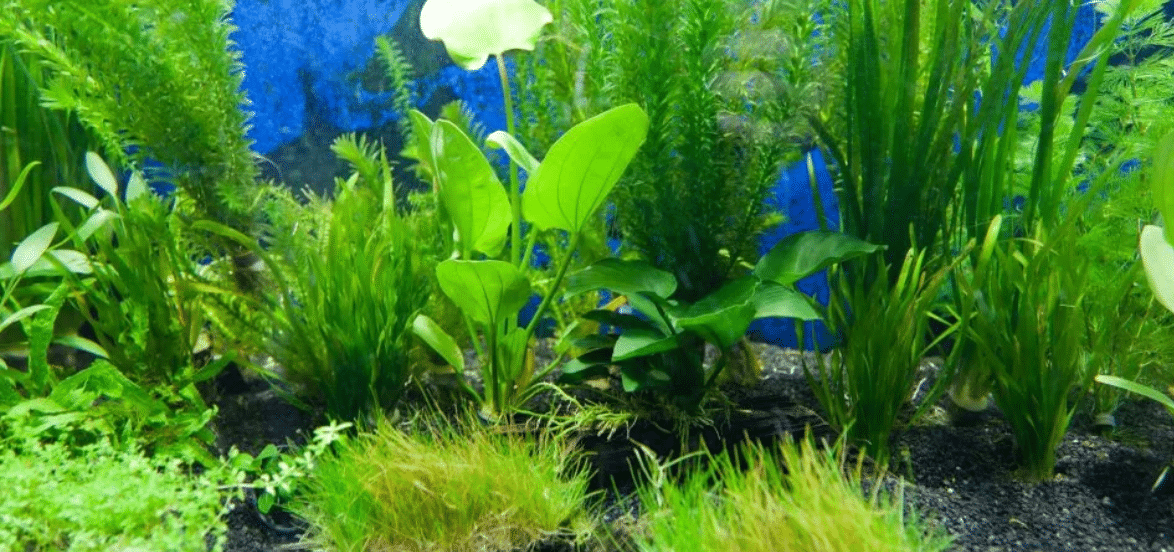
Transform Your Living Room into a Serene Underwater Oasis
 In recent years, indoor aquariums have become a popular way to add a touch of nature and tranquility to your home. However, have you considered taking it to the next level by incorporating an aquarium algae wall in your living room? Not only does it enhance the aesthetic appeal of your space, but it also offers several benefits for both your physical and mental well-being.
Algae
is a type of aquatic plant that is known for its ability to absorb carbon dioxide and release oxygen, making it essential for maintaining a healthy ecosystem. When used in an aquarium, it provides a natural filtration system, keeping the water clean and free of harmful toxins. However, when used on a larger scale, such as an algae wall, it can offer even more benefits.
In recent years, indoor aquariums have become a popular way to add a touch of nature and tranquility to your home. However, have you considered taking it to the next level by incorporating an aquarium algae wall in your living room? Not only does it enhance the aesthetic appeal of your space, but it also offers several benefits for both your physical and mental well-being.
Algae
is a type of aquatic plant that is known for its ability to absorb carbon dioxide and release oxygen, making it essential for maintaining a healthy ecosystem. When used in an aquarium, it provides a natural filtration system, keeping the water clean and free of harmful toxins. However, when used on a larger scale, such as an algae wall, it can offer even more benefits.
Purify the Air and Reduce Allergens
 One of the main advantages of having an algae wall in your living room is its ability to purify the air. As mentioned, algae absorb carbon dioxide and release oxygen, but they also absorb other air pollutants, such as nitrogen, sulfur, and phosphorus. This not only improves the air quality in your home but can also reduce the risk of respiratory problems caused by these pollutants.
Moreover, algae walls can also help reduce allergens in your living room. The algae's natural filtration system can effectively remove dust, pollen, and other allergens from the air, making it a great addition for those who suffer from allergies or asthma.
One of the main advantages of having an algae wall in your living room is its ability to purify the air. As mentioned, algae absorb carbon dioxide and release oxygen, but they also absorb other air pollutants, such as nitrogen, sulfur, and phosphorus. This not only improves the air quality in your home but can also reduce the risk of respiratory problems caused by these pollutants.
Moreover, algae walls can also help reduce allergens in your living room. The algae's natural filtration system can effectively remove dust, pollen, and other allergens from the air, making it a great addition for those who suffer from allergies or asthma.
Enhance Your Mental Well-Being
/Aquarium-algae-12897426863_a65bcad2d3_k-58928a9c3df78caebcf309b4.jpg) Incorporating an aquarium algae wall in your living room can also have a positive impact on your mental well-being. The serene and calming nature of an underwater environment can help reduce stress, anxiety, and even improve your mood. Studies have shown that simply watching fish swim can have a therapeutic effect, promoting relaxation and reducing cortisol levels in the body.
Additionally, the vibrant colors and movement of the algae can also provide visual stimulation, making it an ideal addition for those with sensory processing disorders or dementia.
Incorporating an aquarium algae wall in your living room can also have a positive impact on your mental well-being. The serene and calming nature of an underwater environment can help reduce stress, anxiety, and even improve your mood. Studies have shown that simply watching fish swim can have a therapeutic effect, promoting relaxation and reducing cortisol levels in the body.
Additionally, the vibrant colors and movement of the algae can also provide visual stimulation, making it an ideal addition for those with sensory processing disorders or dementia.
Conclusion
 In conclusion, an aquarium algae wall is not only a unique and visually appealing addition to your living room but also offers various benefits for your physical and mental well-being. Its natural filtration system, air-purifying abilities, and stress-reducing qualities make it a perfect choice for any house design. So why not consider incorporating an algae wall in your living room and create a serene underwater oasis in the comfort of your own home?
In conclusion, an aquarium algae wall is not only a unique and visually appealing addition to your living room but also offers various benefits for your physical and mental well-being. Its natural filtration system, air-purifying abilities, and stress-reducing qualities make it a perfect choice for any house design. So why not consider incorporating an algae wall in your living room and create a serene underwater oasis in the comfort of your own home?





/Aquarium-algae-12897426863_a65bcad2d3_k-58928a9c3df78caebcf309b4.jpg)




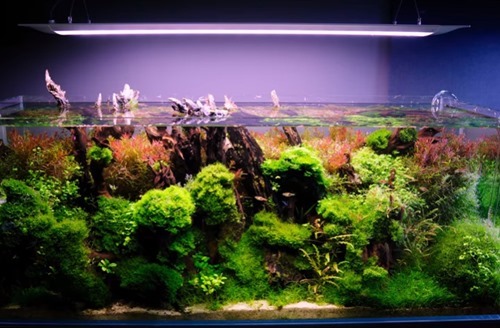




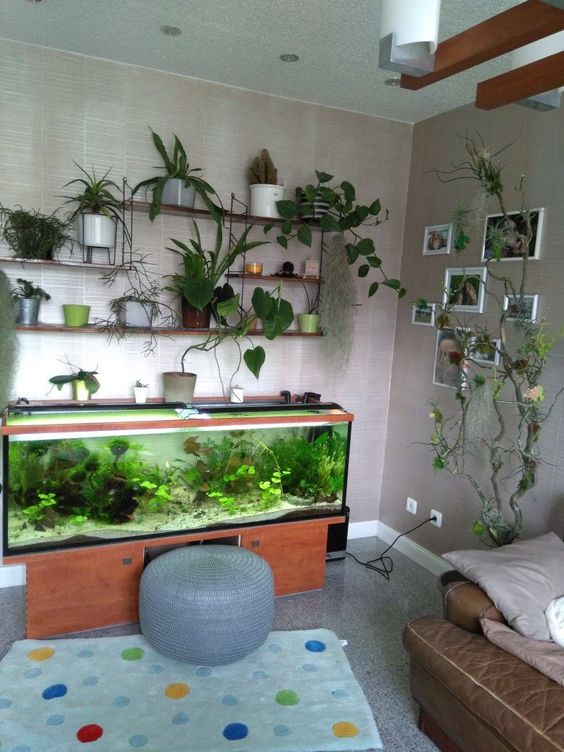



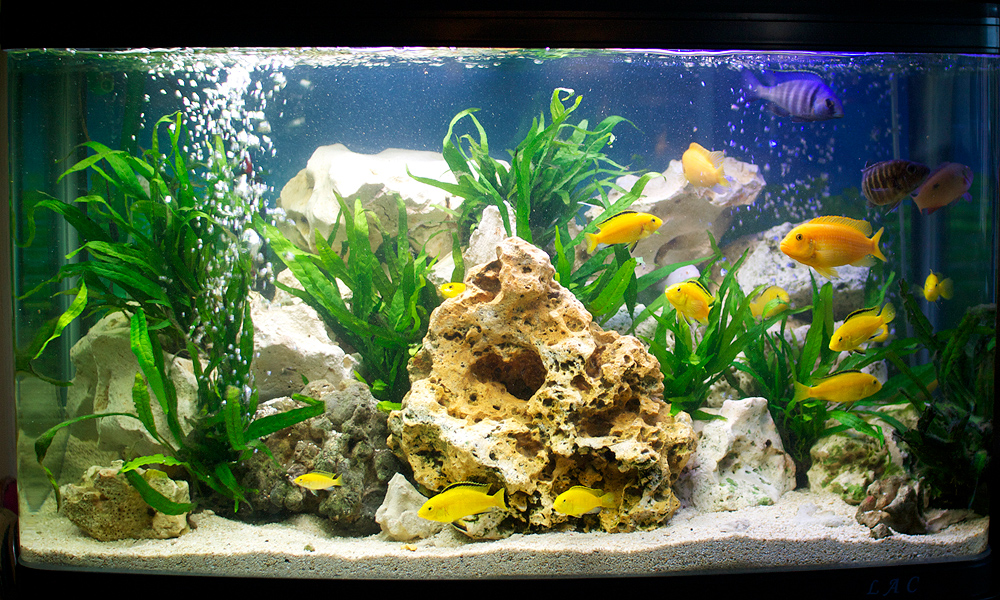

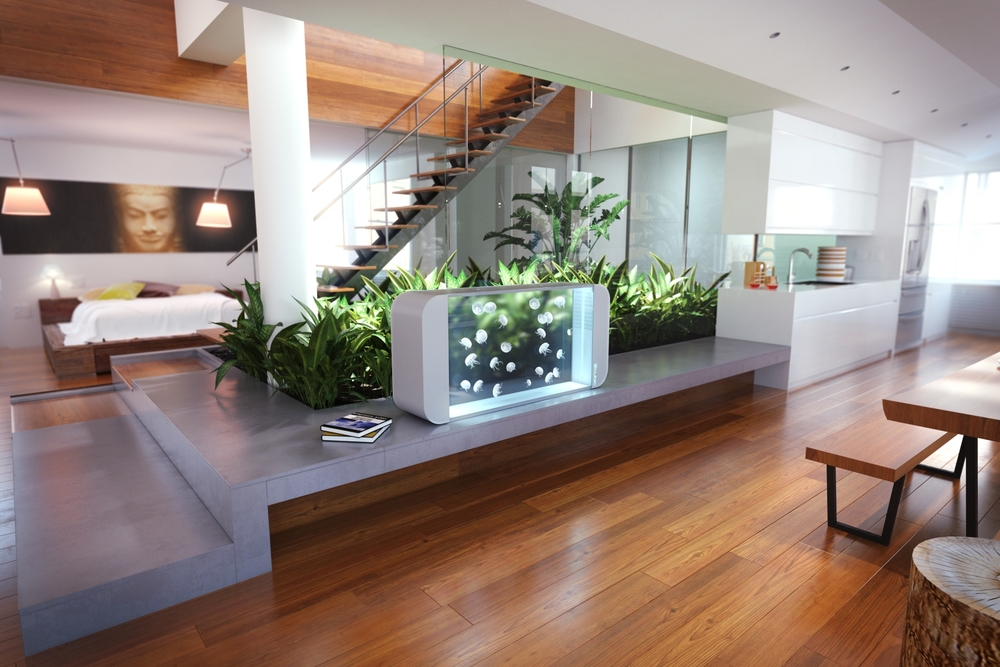






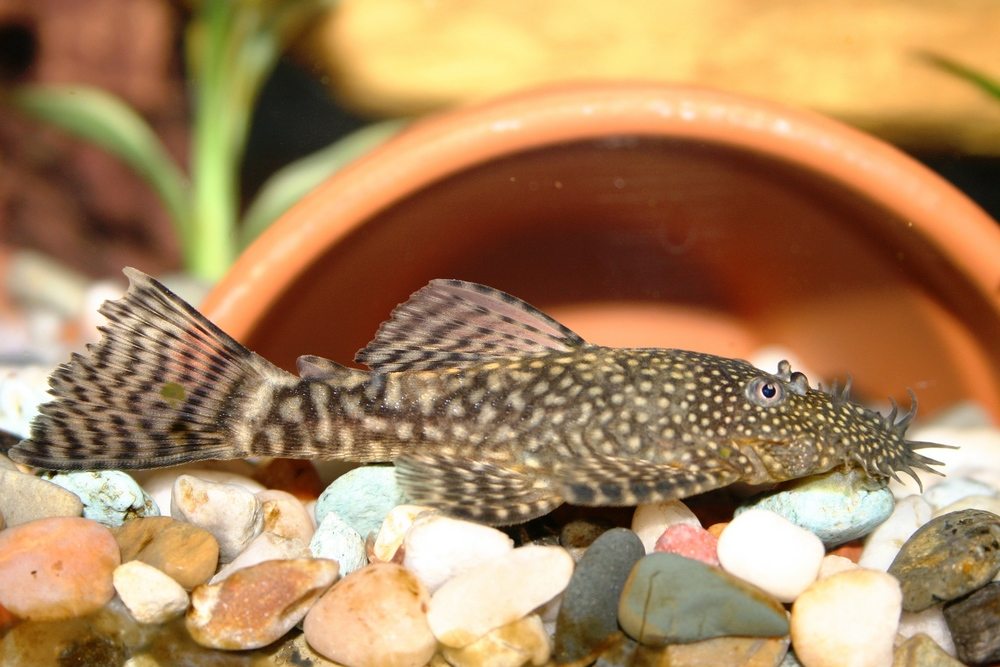


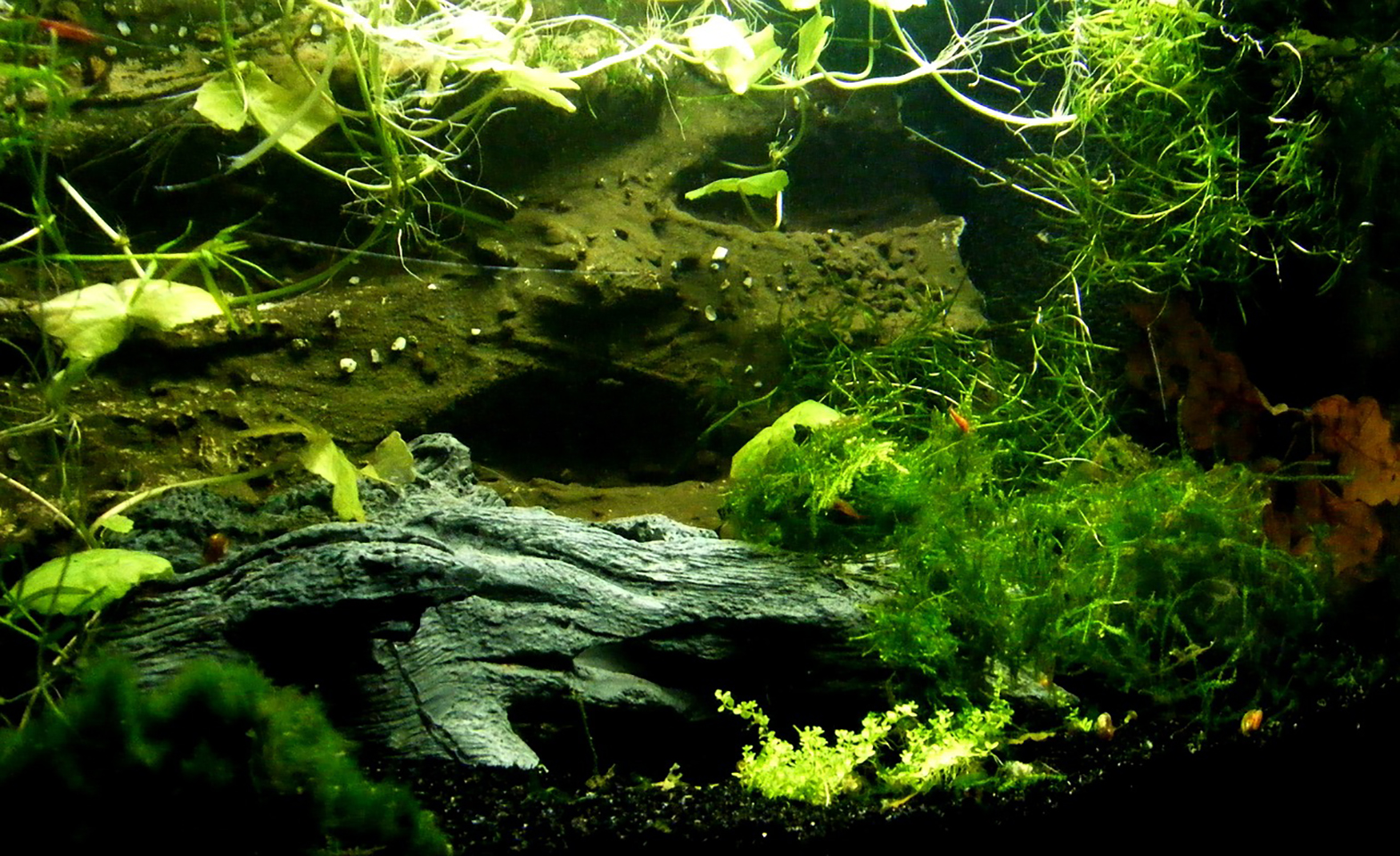

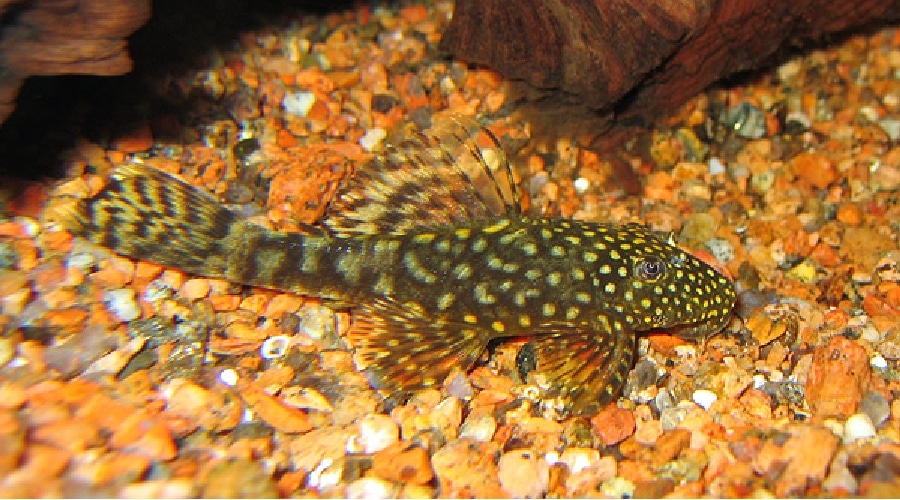


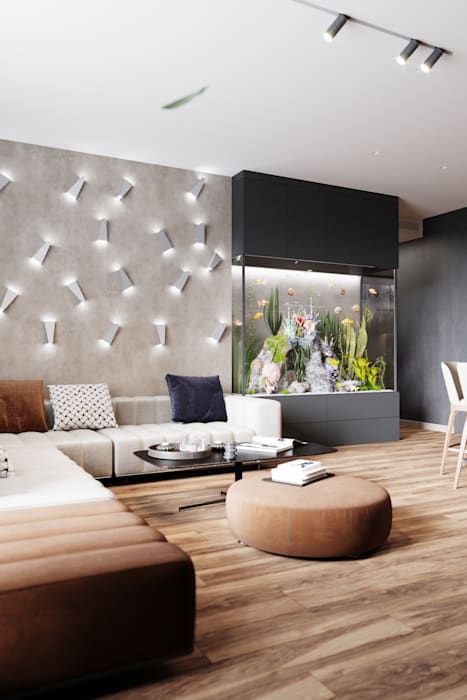











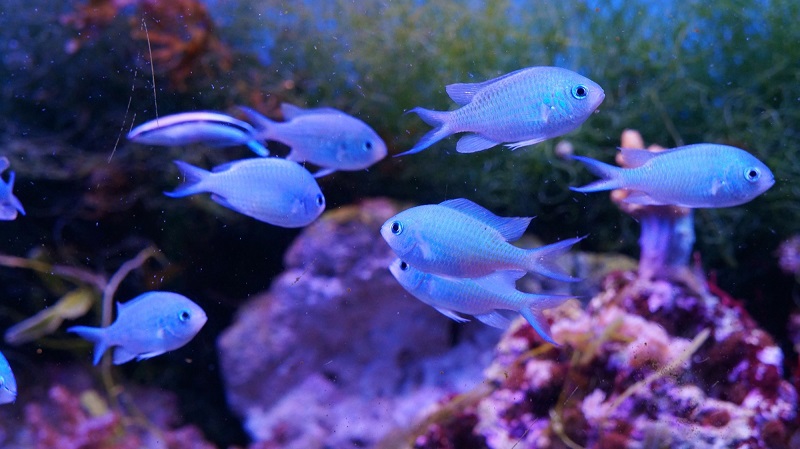




.jpg)


